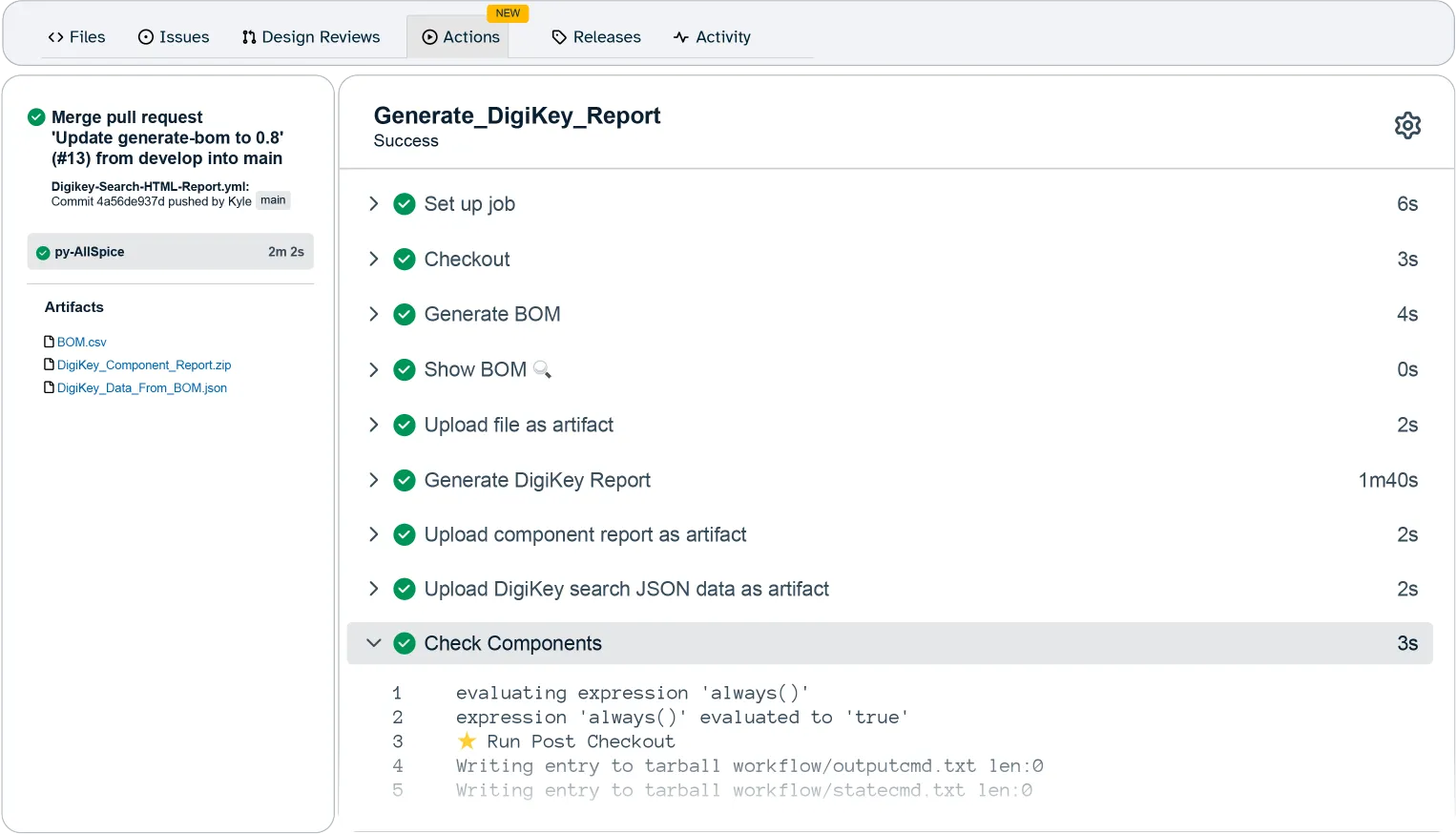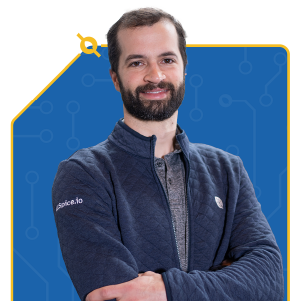Two years ago, the “chip supply shortage” left the entire hardware design and production world in shambles. Whole production lines were going offline due to component unavailability, and consumers watched from the sidelines as prices of goods went through the roof. The increase was due to decreased supply, kickstarting inflation that we are still dealing with today.
Electronics design teams were left smack in the middle of this calamity, struggling with legacy release processes that were never designed to react as quickly as needed to update, qualify, and release new component changes. My co-founder, Valentina Ratner, and I saw this vulnerability in the hardware design process years before. Though we never could’ve predicted how the chip supply shortage & COVID-19 would look, we had seen the ever-increasing pressures on hardware teams and knew the current tooling was woefully insufficient. It was only a matter of time before EE teams would be left picking up the check.
At that time, AllSpice was the first EDA company to build remote, asynchronous design review and release tooling for electrical engineer teams, supporting native Altium, KiCad, Cadence OrCad, System Capture, and Allegro. Since then, we’ve watched teams that had previously struggled with those legacy release processes, PDF exports, and in-person design reviews completely rebuild their workflows & qualify new releases at an order-of-magnitude increased rate.
Empowering engineers through automation
Now, with AllSpice Actions, we have capabilities software teams have seen the benefit of for the last decade as the first EDA tool to launch an automated, highly customizable test & release workflows for ECAD files. Currently, the first iteration of AllSpice Actions has been launched for early adopters. But, here are just a few of the exciting ways we’ve watched hardware teams build automated workflows to enable 10x design teams:
- Building nightly checks for parts stock and availability (just like GitHub dependabot in software!)
- Automatically building BOM documents & getting updated assembly costs from self-managed databases
- Validating design assets, like pin-tables and printed circuit board (PCB) specifications
- Adding approved part list (APL) qualification for all components and checks to validate component specs (like temperature, RHOS, or automotive qualification)
- Connecting AllSpice.io & EE workflows to other project management tools, like Jira
I couldn’t be more proud of the AllSpice team for the release of Actions, and I’m beyond excited to watch this new stage unfold!
Want to see it in action? Get started here.
Cheers,
Kyle Dumont



